Today we’re taking you on a discovery tour of the grand wines produced in the Rhone valley. Our stroll though the vines will introduce you to both the northern section between Vienna and Valence and the southern wine-growing area between Montélimar and Avignon. Both of these valleys deliver exceptional wines which we will begin to review without further ado.
I – Remarkable wine of the Northern Rhône valley
We first set foot on the wine trail near the city of Vienne, at the very north of the region.
The first vineyard you will run into is also one of the finest: The Côte-Rotie. These wines are made from two grape varieties, Viognier and Shiraz, and as a result they boast a deep ruby colour. Aromas arising from a glass of Côte-Rotie are very fine and yet complex, combining several spices, red and black berries and violets. A well crafted bottle can easily become an exceptional vintage. This vineyard spreads out over 308 hectares and produces purely red wine.
Further south, the road reaches the famous terroir of Condrieu, famous for its white wines produced from Viognier. These very fresh and fragranced wines have given the terroir its wide popularity. Typical aromas are the floral notes, such as violet, and the fruitier ones like mango or apricot. This vintage will seduce you with its pale gold colour in its youth, a truly irresistible wine but quite sensitive to oxidation. For this reason, you’d better drink Condrieu in its young years, some winemakers manage to age them well but they remain quite rare.
As we continue down the road, we happen upon a small (just 3 hectares!) appellation called Château-Grillet. Here too you will find only white wine, but a divine one which will take you as close as you can get to gustatory bliss. A single producer has the monopoly of this vintage, as a result sampling a glass or two is rather a privilege. Viognier will result in wines with floral notes and aromas of peach, honey and musk, especially as the wine grows older.
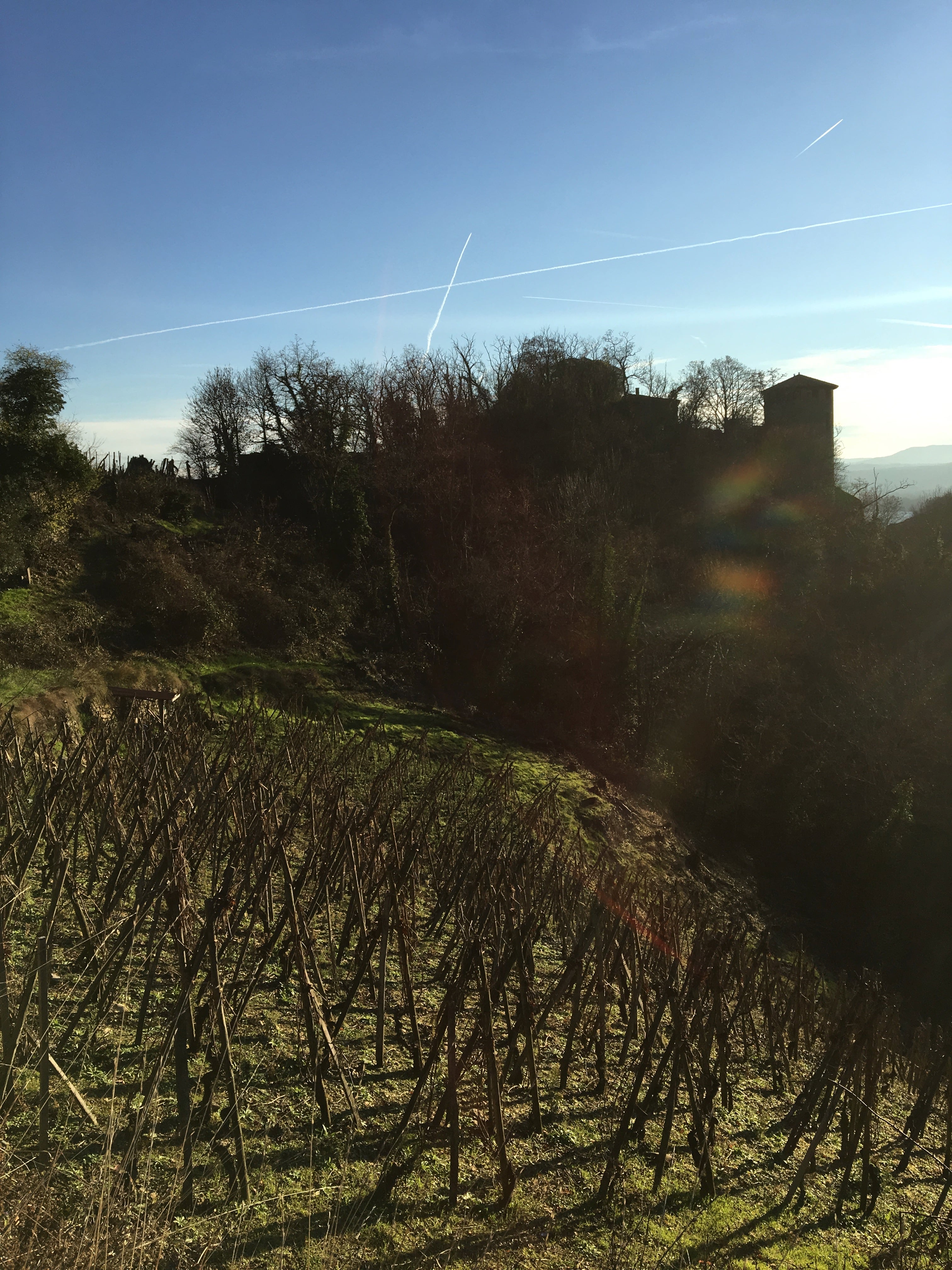
The next stop is the one and only Saint Joseph, responsible for respectively 88 and 12 percent of the region’s red and white wine production, both resulting in exceptional bottles. The vineyard was established during antiquity, and is deeply rooted in steep slopes and splendid calcareous terroirs. Nowadays, the region’s red wines are made from Shiraz while the whites come from Roussanne and Marsanne. Shiraz delivers a balanced and indulgent palate, and the whites are recognisable by their sleek straw colour tinted with a green hue. This rich diversity contributes to making this vintage a must on our list.
Keep going and you will reach a prestigious vintage: Crozes-Hermitage. This 1683-hectare vineyard is the largest out of the entire northern valley, and it is also one of the rare vineyards to be located on the left bank of the Rhone river. Red wines made here (92% of the appellation’s wines) come out with a beautiful crimson-red colour and aromas both floral and fruity. The red berry aromas are due mainly to Shiraz, but the wines can also be made up to 15% with Marsanne or Roussane. The main qualities of this vintage are finesse and elegance.
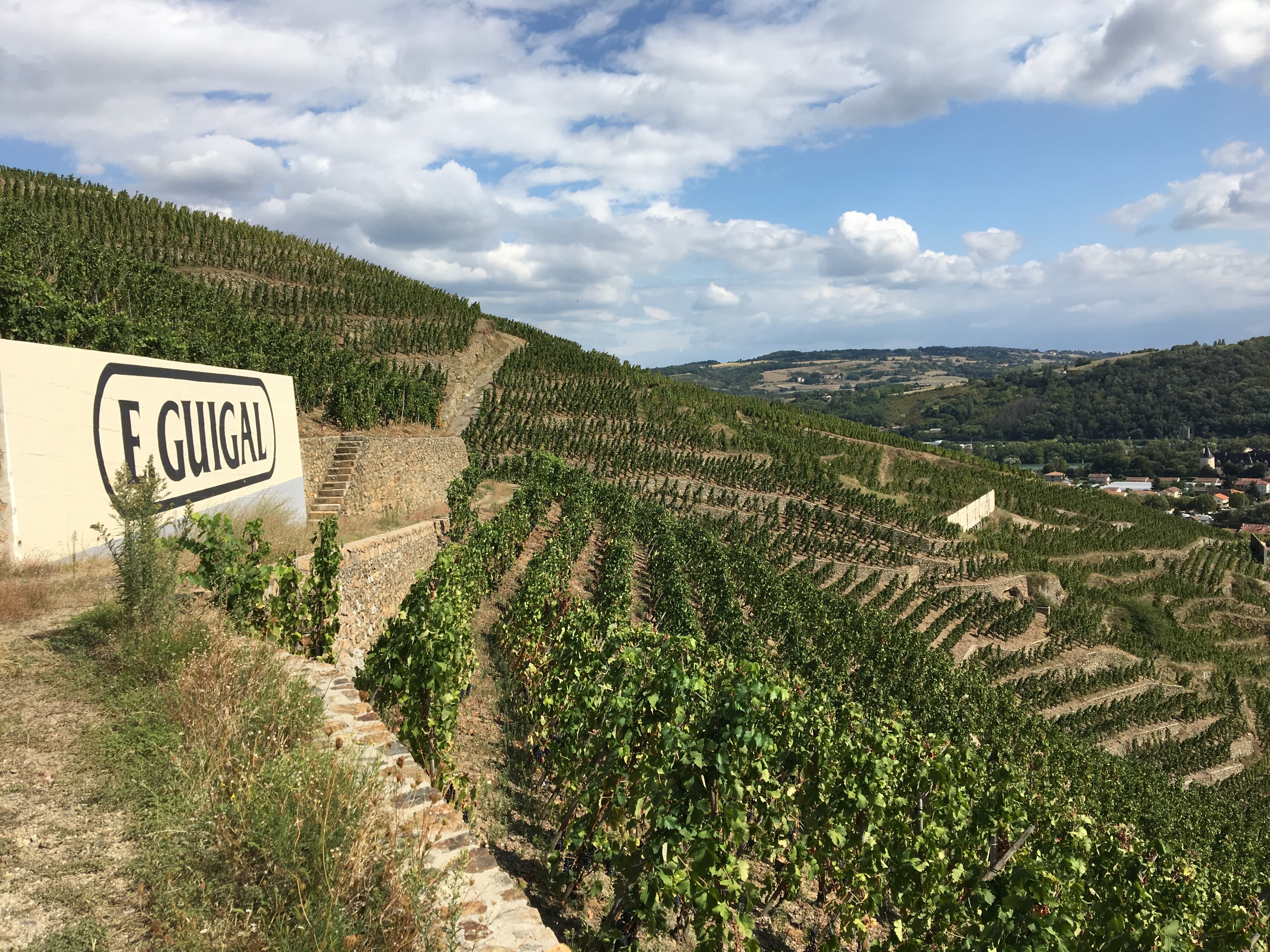
The following vineyard is the famous Hermitage, an appellation which covers three left-bank municipalities of the Drôme : Tain-l’Hermitage, Crozes-Hermitage and Larnage. It covers 137 hectares producing mostly reds (76%) and exceptional reds at that. Here too the variety used is Shiraz, resulting in deep ruby coloured wines. They tend to age well as they develop new flavours derived from violets, spices and blackcurrants.
White wines, on the other hand, flow from Marsanne and Roussane grape varieties, and the aromas encountered here are creamy and soft, often of hazelnuts apricots and peaches.
Overall, Hermitage is one of the legendary vintages from the Rhone Valley, and if you doubt it remember the historical figures who swore by these wines: French kings like Henry the fourth or Louis the thirteenth and authors such as Boileau and Dumas.
As we cross over to the right bank, we find the vintage of Cornas. This vineyard covers 145 hectares and produces solely red wine with nothing but Shiraz. Indeed, the wines from this appellation are deep red in colour and highly textured. Young wines especially offer beautiful flavours, of chocolate in particular. Other aromas include pepper and truffles.
Finally, the northern Rhone Valley ends with the vineyard of Saint-Péray. The 85 hectares of land under vine to the west of Valence produce white wine exclusively, known for its unique flavour derived from Marsanne and Roussane. The former results in light wines with soft aromas of apricot, dried fruit, beeswax, acacia and quince, and the latter produces excellent, pale straw coloured wines with excellent ageing potential. All of these remarkable traits are partly due to the unique land which hosts these vines, consisting of four geological layers.
II – Remarkable wines of the Southern Rhône valley
We continue our journey by crossing over to the southern section of the wine country, called the meridional Rhone valley. The first « cru » we encounter is called Cairanne, an appellation famous for its mostly red wine (96%). This vintage is expertly crafted with specific grape varieties which deliver particular flavours. The grapes behind red wine are half Grenache, 20% Shiraz and Mourvedre and 30% others. White wines in turn are made with Clairette, Roussanne, Marsanne, Viognier, Grenache and Bourboulenc, and releases subtle aromas of stone fruit, citrus fruit and floral hints.
A little further south sits the mighty Gigondas vineyard on its 630m high rise. Over 200 million years old, the area was beautifully described by Chef Alain Passard:
“Beneath the lace of Montmirail where the climate and geology are so peculiar, refusing to welcome grapevines would be a sacrilege. Wines over here show truly unique character. This wine calls for communion”
This praise is well deserved by the wine produced here, nearly all red (99%, the rest is rosé) from 1208 hectares of vines. Aromas you will encounter are a blend or red and black berries, which follow through to the palate with coarse fruity and peppery flavours. These flavours come from Grenache (80%) Shiraz and Mourvèdre.
The unique strength of Gigondas is concealed in its subtle flavours, making it a must taste vintage. The terroir also accommodates beautiful white wines, but not under its own appellation since they are not recognised by the INAO. Recently several winemakers have decided to take action in order to amend the appellation. A special edition of Terre de Vins from last October regarding wines from the south studies this issue in more detail.
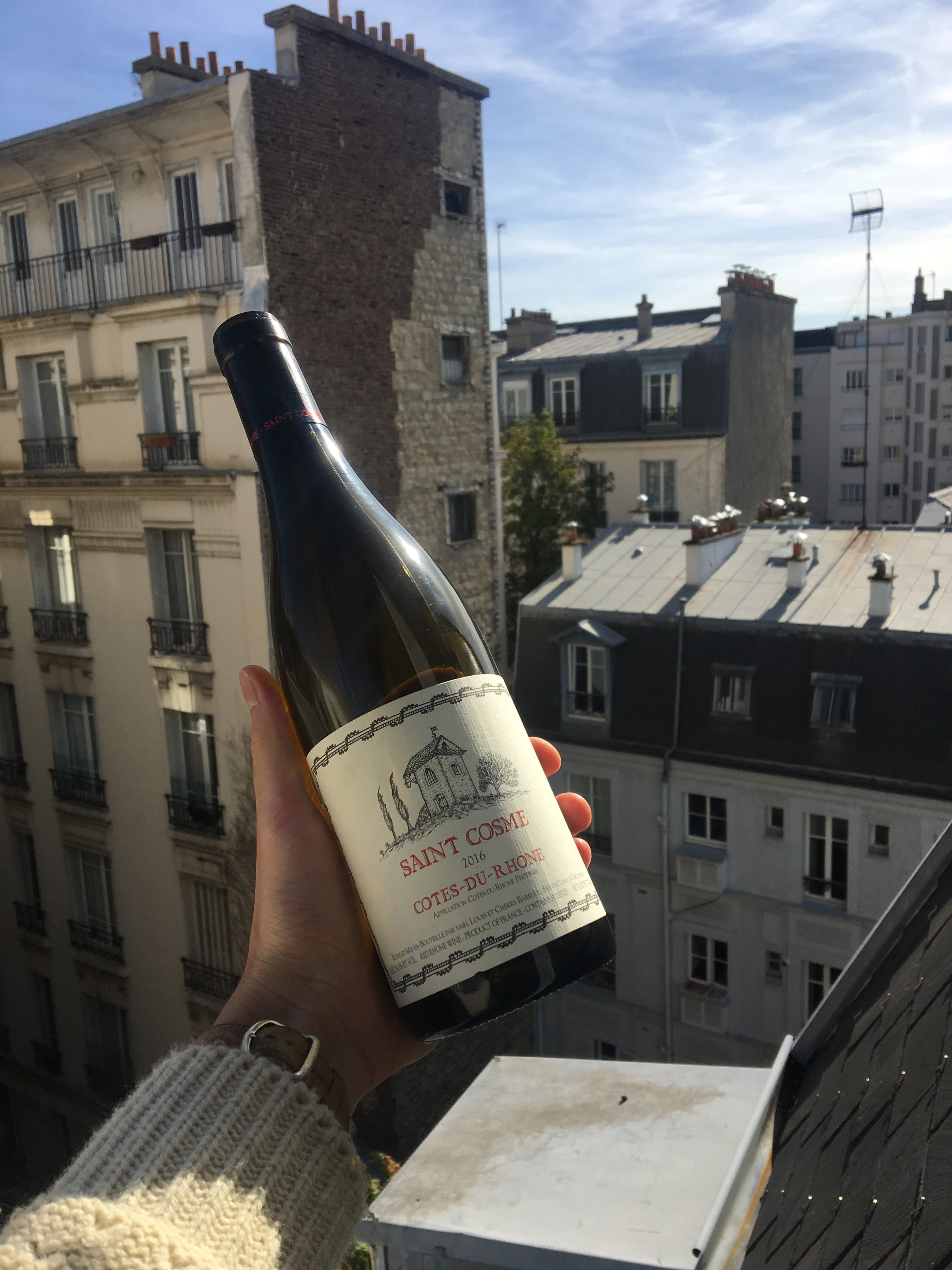
Now, if there is a local king of the terroirs in this region we have reached it: the famous Châteauneuf-du-Pape. Its history is closely linked to that of the popes who have inhabited the region. The name dates back to pope Jean XXII during the fourteenth century, a great lover of this vineyard. It dominates the valley nestled on a hill 120m high and is blessed with very helpful ground. Indeed, the floor of the vineyard is constituted of round pebbles, which release the heat they’ve soaked up during the day and greatly benefit the vines by helping them ripen to perfection (see our article on ground and climate). The surface under vine is vast, 3134 hectares, and produces 95 000 hectolitres every year. This adds up to 13 million bottles sold, mostly red wine (93%).
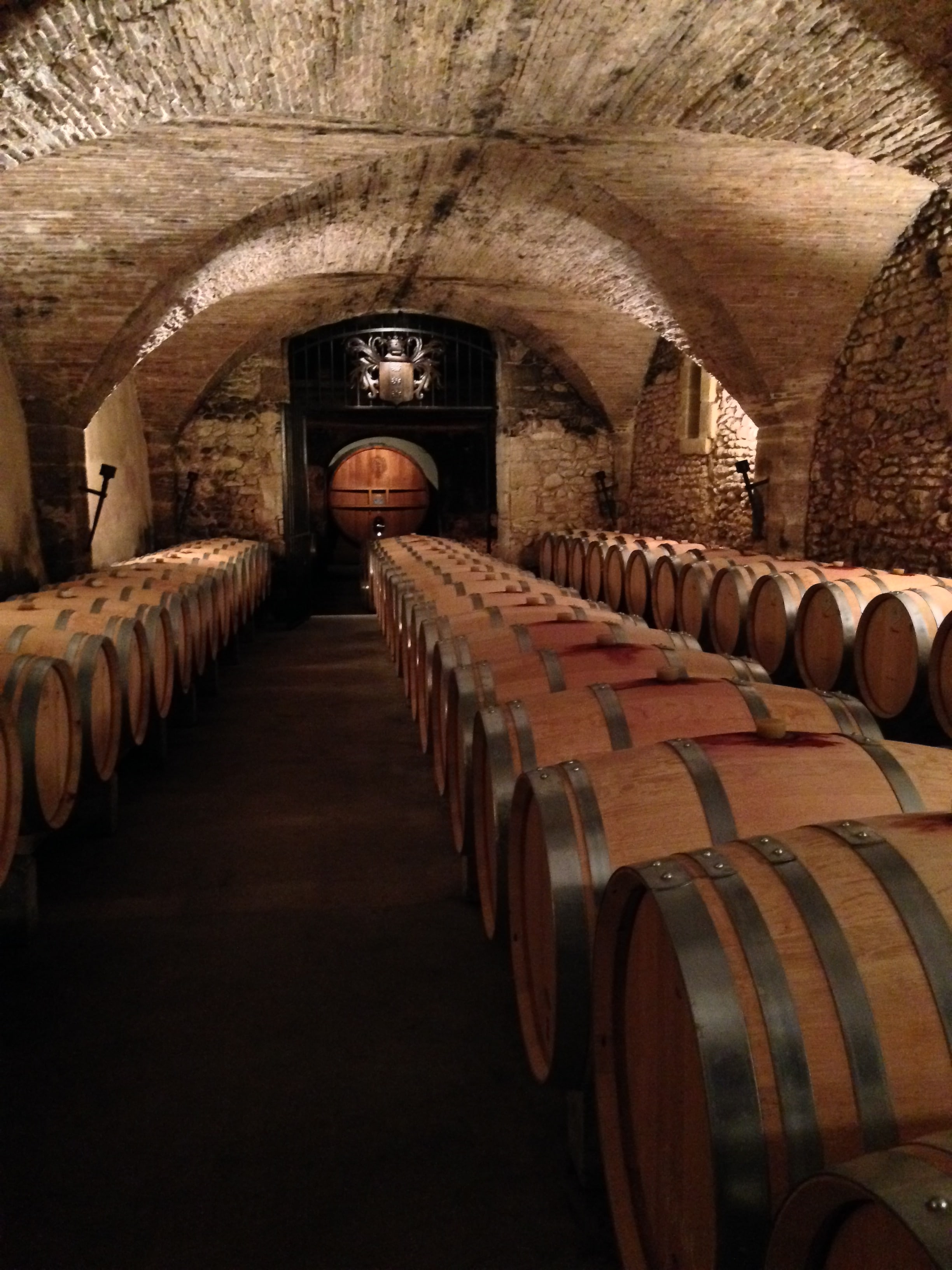
Châteauneuf-du-Pape is characterised by spicy, toasted aromas and a hint of chocolate. On the palate the wine comes through with finesse and great power, its firm structure contributes to giving it great length. All in all, this terroir produces one of the most valuable vintages of the French vineyard and is the major vintage of the southern Rhône valley.
On the other bank of the Rhône, facing Châteauneuf-du-Pape, our journey ends with Lirac. Many people agree to classify this terroir as a rising star in the region. The local winemakers are working hard to perfect the wine’s qualities and fashion it into a prestigious vintage. The originality of this appellation is partly due to the three types of wine it produces: red (87%), rosé (3%) and white (10%). Altogether they cover 771 hectares. The ground contains the same pebbles as its neighbour across the river, as well as clay, and it accommodates several grape varieties: Shiraz, Grenache and Cinsault. All these factors give Lirac special value and contribute to the creation of quality vintages. It is a good choice of wine to age in a cellar for a while.
The winding road along the Rhone river never fails to astonish and delight wine lovers in every style. From the world famous vintages to the more unique and less distributed local gems, this wine region is a must for both red and white wines. We hope we’ve helped you get a clear idea of the region’s many appellations, stay tuned for similar articles on the rest of the wondrous wine regions! Why not drop us a comment below and tell us what you’d like to read about next…?
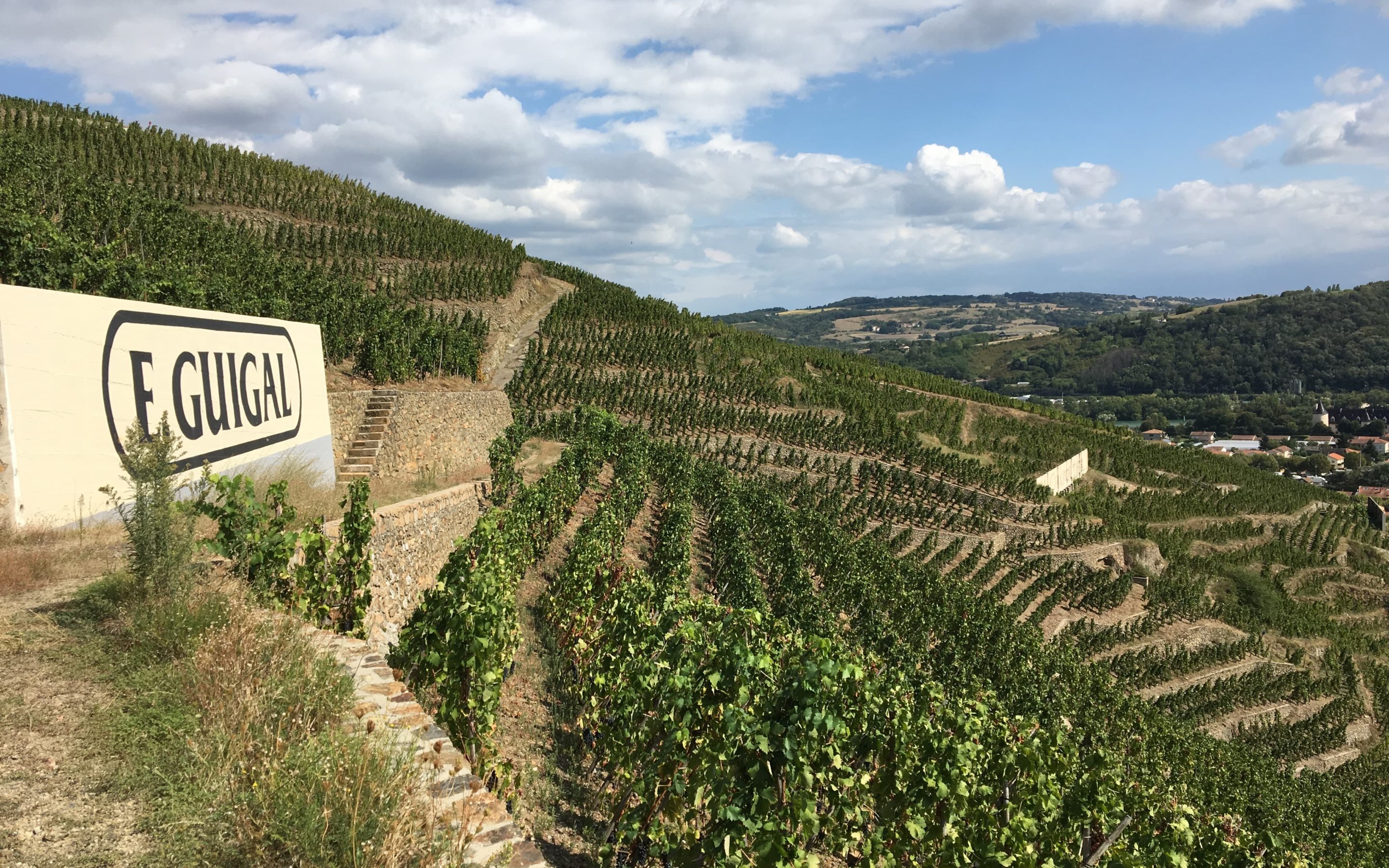
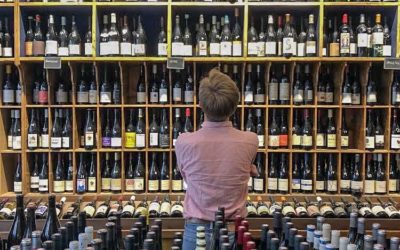
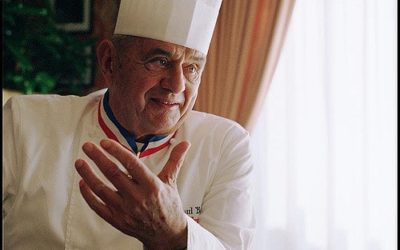
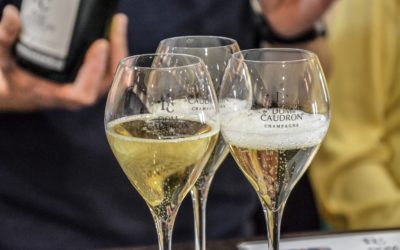
0 Comments